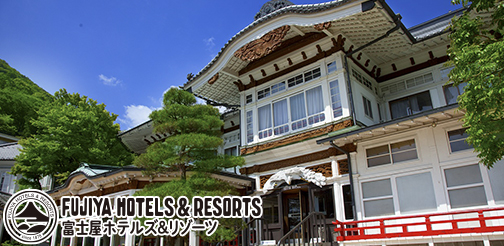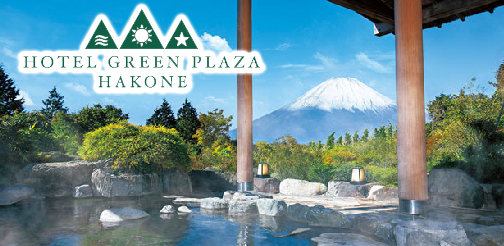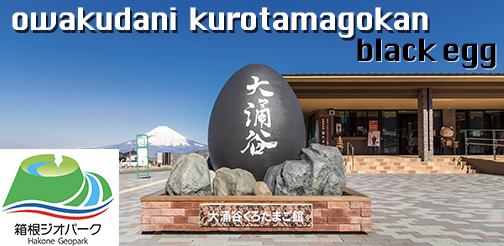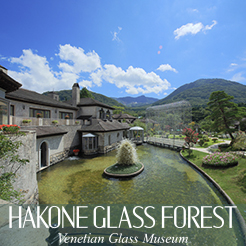The epicenter of volcanic activity in Hakone is Owakudani, “Great Seething Valley.” Its origins go back to about 130,000 years ago, when eruptions in the Hakone caldera first formed a cone-shaped volcano at the caldera’s center. This central cone has collapsed and emerged anew several times over the millennia. Owakudani as we know it today took shape roughly 3,000 years ago, when another explosive breakdown of the central cone caused pyroclastic flows that blocked the nearby Haya River, forming the dry valley where the cone had stood before this massive eruption.
Considering the proximity of Owakudani to the very center of the vast Hakone volcano, it is hardly surprising that the valley is a hotbed of geological activity. Steam and gases heated by underground magma are constantly emitted into the air—a sight that inspired people in the Edo period (1603–1867) to call the place “Great Hell Hole” (Ojigoku). In 1876, prior to a visit by Emperor Meiji (1852–1912) locals reportedly eager to present their home region in a good light decided to give the area the less diabolical but equally stirring name Owakudani. Today, besides keeping Hakone’s many hot springs hot, Owakudani is a site of extensive scientific research and a popular tourist attraction, where “black eggs” steamed over sulfurous water are a local novelty. The distinctive tint of the eggshells wears off in two to five days.
This English-language text was created by the Japan Tourism Agency.























